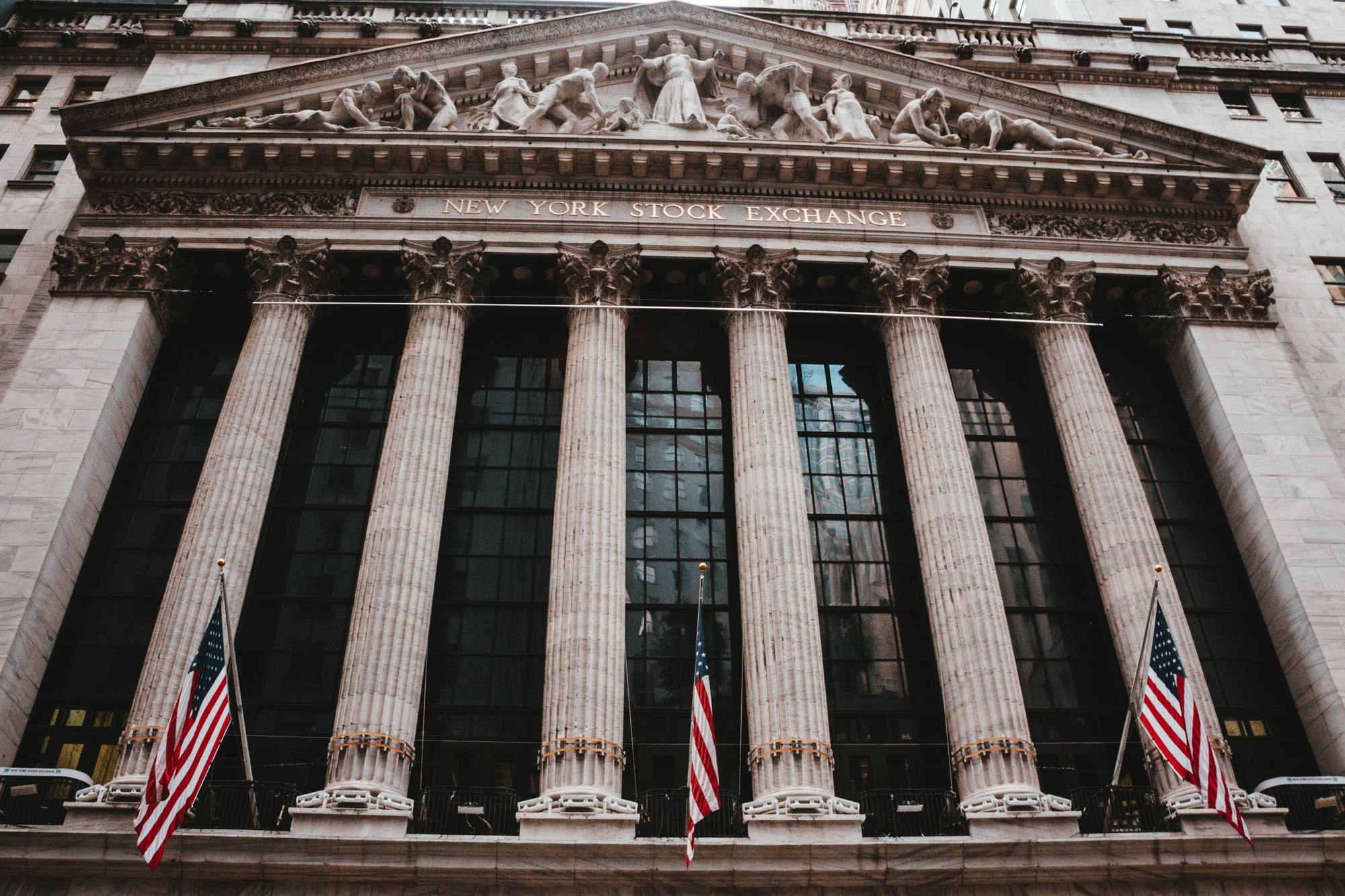
What Investors Need to Know About After-Hours Markets
When 4 p.m. strikes and the major U.S. stock exchanges close, the traders all head home. But that doesn’t necessarily mean the day is done.
In fact, for savvy investors, there are still plenty of opportunities to grow their money.
Here’s a look at what after-hours investing means for investors and how you can use it to your advantage.
What is After-Hours Investing?
As the name implies, after-hours investing happens after the major U.S. stock exchanges have closed. This usually means after-hours trading happens between 4 p.m. and 8 p.m. Eastern Standard time, though the volume of trading typically thins out much earlier than the 8 p.m. cutoff.
So, what’s the fuss about working late?
For one thing, stocks behave a bit differently in after-hours investing—they’re not as liquid as they would be during regular business hours, and the bid-ask spread may be wider. For another, after-hours investing allows you to take advantage of market-moving information before everyone returns to work in the morning.
The Basics of After-Hours Trading
After-hours investing is best understood in four components:
- Spark
- Volume
- Price
- Participation
After-hours is always precipitated by a spark, a news event that breaks after the stock exchanges close which investors can leverage. When this happens, they use after-hours trading to make decisions based on this market-moving information. However, the volume of trading is not consistent throughout the after-hours trading window—trading volume is highest shortly after the news breaks and thins out as the session progresses. As a rule, trading volume almost always slows to a crawl after 6 p.m.
It’s worth noting that after-hours trading comes with certain risks, which is where price and liquidity come into play. Stocks are less liquid overall in the after-hours market, so stocks that are illiquid during regular hours are highly risky in after-hours trading. Price also comes at a premium, since there are far fewer traders. It’s quite common to see wide bid-ask spreads in after-hours trading.
This all comes back to participation. After-hours trading has significantly less participation than regular trading, which is why prices reach a premium. A few interested buyers can demand different pricing, and traders may be willing to do it since their options are limited.
How After-Hours Trading Affects Stocks
As you can already guess, even the strongest stocks behave differently in the after-hours market. Most stocks in the after-hours exchange have three features in common:
- They’re less liquid
- They’re more volatile
- They’re lower volume
This translates into a substantial effect on pricing. Usually, price changes in the after-hours market have the same effect in the regular market—a $1 increase in after-hours markets is equal to a $1 increase in the regular market. The issue is that the stock may not open the next day at the same price it traded for in the after-hours market.
Advantages of After-Hours Investing
This premium pricing can actually be a good thing for smart investors who are willing to take advantage of it.
For example, let’s say that a company released a quarterly earnings report after the stock market closed. At first glance, the report looked strong, so the stock price in the after-hours market went up, and investors were able to sell their stock for a premium price. But by the time morning hits, institutional investors have had time to parse through the details of the report—and it isn’t as impressive as it looked at first blush.
Because of this, sell orders may outnumber buy orders at market open, and the resulting pressure drives the overall stock price lower than what sellers commanded in the after-hours market, only 24 hours beforehand.
Risks of After-Hours Investing
Of course, being on the wrong end of that equation reveals the obvious risk of after-hours trading: the initial market reaction might be wrong. And when the market corrects itself by morning, you’ll be stuck holding the bag.
Also, while just about anyone can trade during regular hours, most of the investors and traders who work the after-hours exchanges are experienced traders who know their way around. If you’re green, it’s quite possible to find yourself caught in a bad deal.
Oh, and if you don’t know what you’re doing and hire an expert who does, keep in mind that after-hours fee schedules work differently than regular fees.
How to Trade Premarket and After-Hours
The central factor in after-market investing is simple: the spark that precipitates it. This usually means one of three things:
- Economic reporting
- Corporate earnings announcements
- Index futures
So if you want to run with the big dogs in the after-hours investing market, you have to learn how to read those three things.
If you’re not sure where to begin, make sure to look at specific data points and how the market is responding to them early in the news cycle. For example, if you’re looking at economic reporting, inflation changes are a good example of a specific data point with a measurable market reaction.
It’s also a good idea to familiarize yourself with how price volatility and bid-ask spreads work in the after-hours exchanges compared to regular exchanges. That way, you know what you’re getting into before you dive into trading.
Grow Your Money the Smart Way
The stock market may have regular business hours, but as after-hours investing demonstrates, the stock market never sleeps. And as a smart investor, you should never stop looking for smart ways to grow your money.
Here at Masterworks, we’re big believers in making alternative investing accessible. That’s why our platform enables members to purchase shares in authenticated, multi-million-dollar artwork from high-growth artist markets with the highest potential risk-adjusted returns. We handle the transaction side and authentication process for you, so all you have to do is choose shares that appeal to you and collect the dividends when we make a sale. Ready to get started? Fill out your membership application today to learn more.